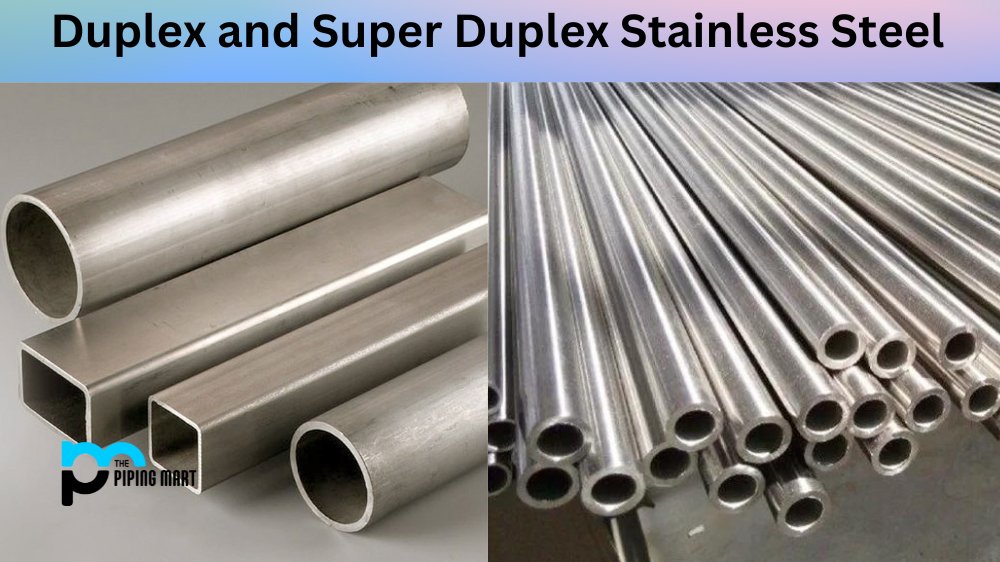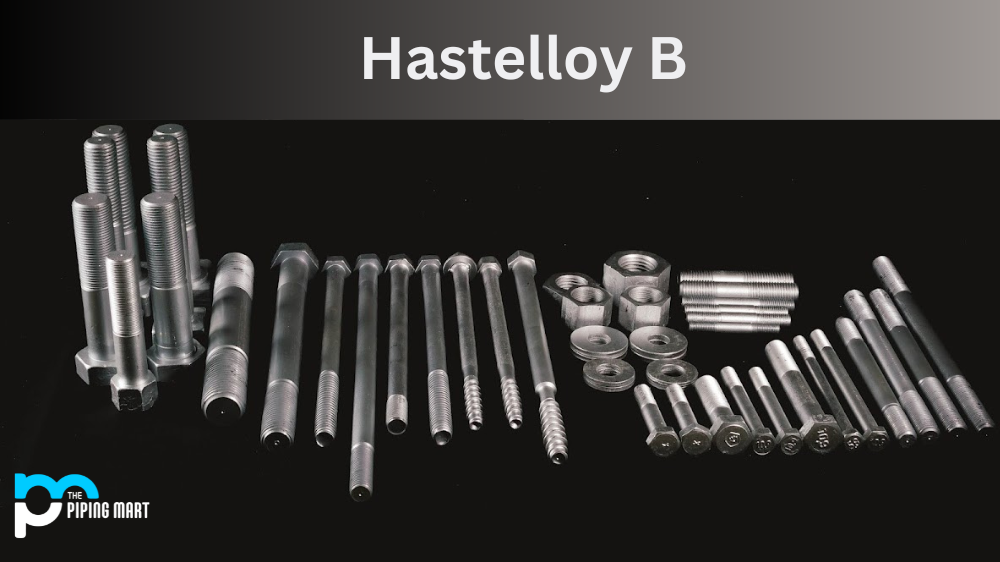Nickel-based superalloys are an incredible class of materials that can withstand extreme temperatures and conditions. They are used in a variety of industries, including aerospace and medical applications, due to their excellent strength and corrosion resistance. But how do we classify these materials? Read on to learn more about the different types of nickel-based superalloys and how they can be used in various fields.
Nickel-based superalloys
Nickel-based superalloys are classified according to their chemical composition. The three main categories are cobalt-base alloys, nickel-base alloys, and iron-base alloys. Each category has its own unique properties that make them ideal for specific applications. Cobalt-base alloys have high-temperature strength, good creep resistance, and excellent oxidation resistance at high temperatures. These qualities make them well-suited for use in jet engines, gas turbines, and other high-temperature applications.
Nickel-based alloys
Nickel-based alloys have excellent mechanical properties at elevated temperatures as well as outstanding corrosion resistance. This makes them ideal for aerospace components that must withstand extreme environments such as those encountered during flight or space exploration. They also have low magnetic permeability, which is important for aerospace electronics such as radar systems or guidance systems that need to operate without interference from external sources. Additionally, nickel-base alloys are often used for medical implants such as pacemakers or artificial hips due to their nonmagnetic characteristics, corrosion resistance, and biocompatibility with human tissue.
Iron-base alloys
Iron-base alloys are generally less expensive than cobalt or nickel-base alloys but still maintain good strength at elevated temperatures. They are often used for turbine blades or other components where cost is a major factor without sacrificing too much performance. Iron base alloys also offer good creep resistance, which makes them useful in power plants where components must be able to withstand high temperatures over long periods of time without deforming or failing prematurely.
Conclusion:
Nickel-based superalloys offer a wide range of benefits depending on the application they’re being used for – from aerospace components to medical implants! By understanding the different classes of these materials (cobalt base alloys, nickel base alloys, iron base alloys), engineers can make informed decisions about which type will best suit their needs in terms of performance, cost-effectiveness, and environmental conditions encountered during use – ensuring that any part created will perform up to expectations in its intended environment! With this knowledge under your belt, you’ll be ready to tackle any project involving these amazing materials!
Sakshee is a talented blogger, with a particular focus on the Business and Metal Industry. She is passionate about sharing her insights on various metal products and helping professionals to make a better decisions.




